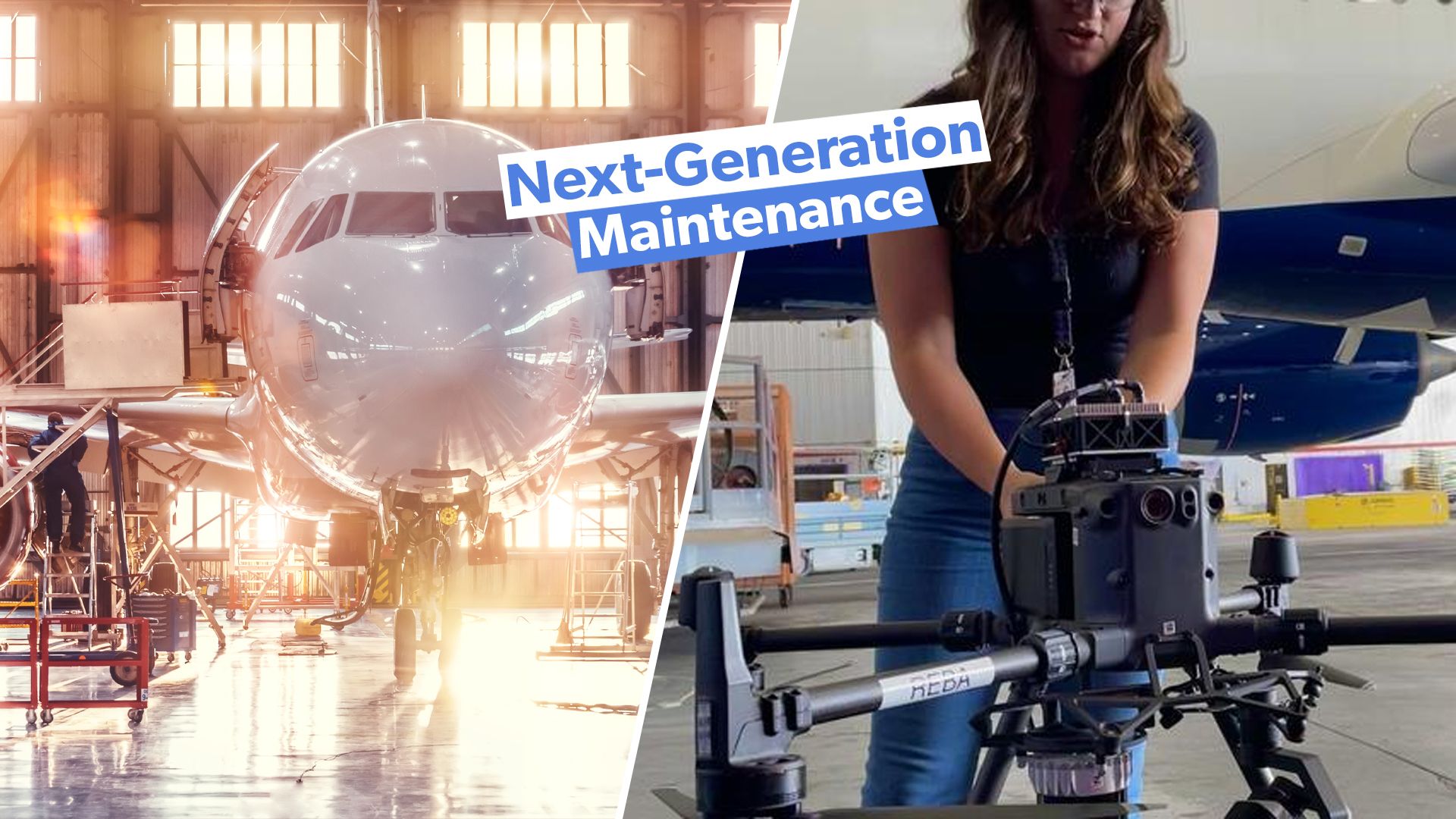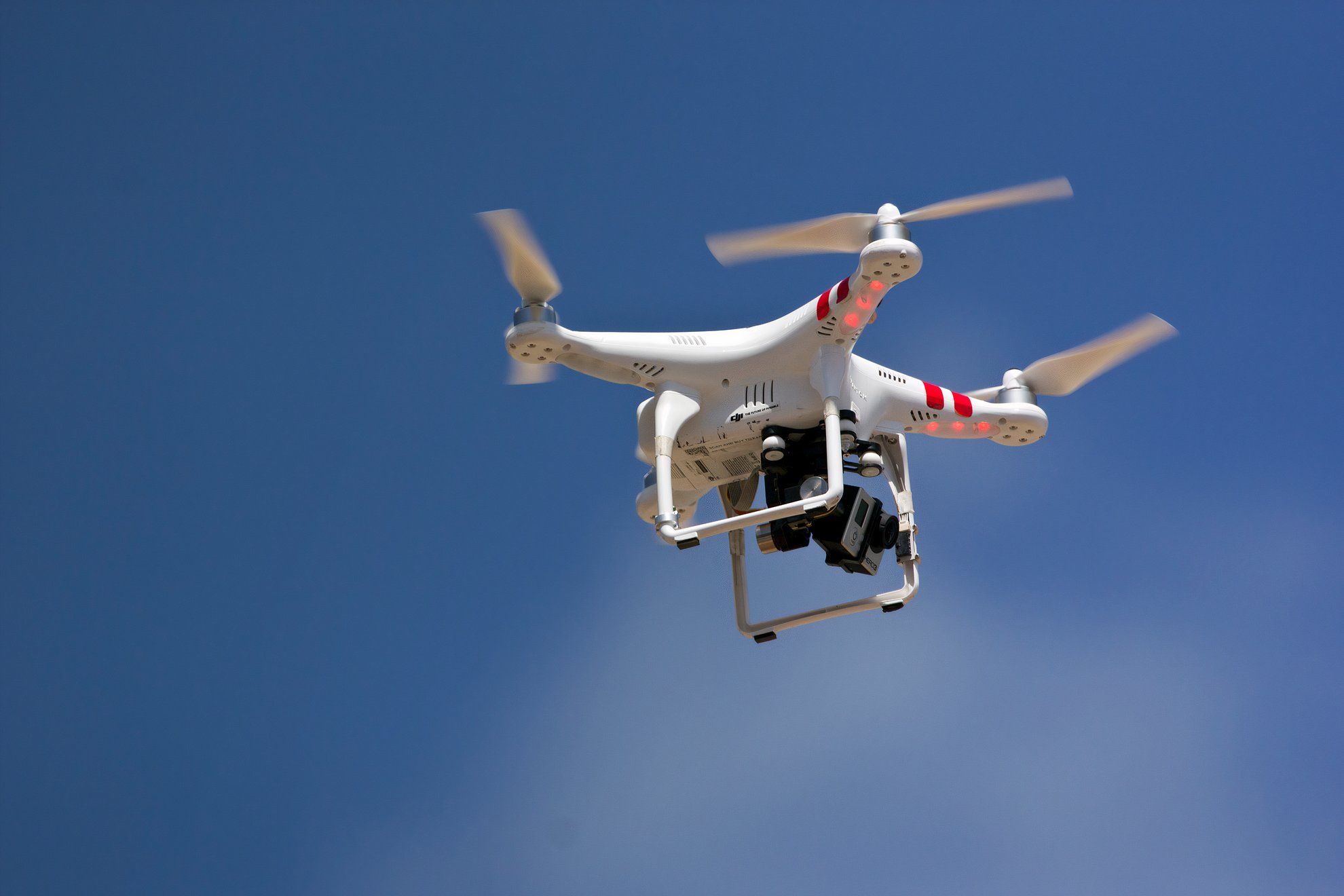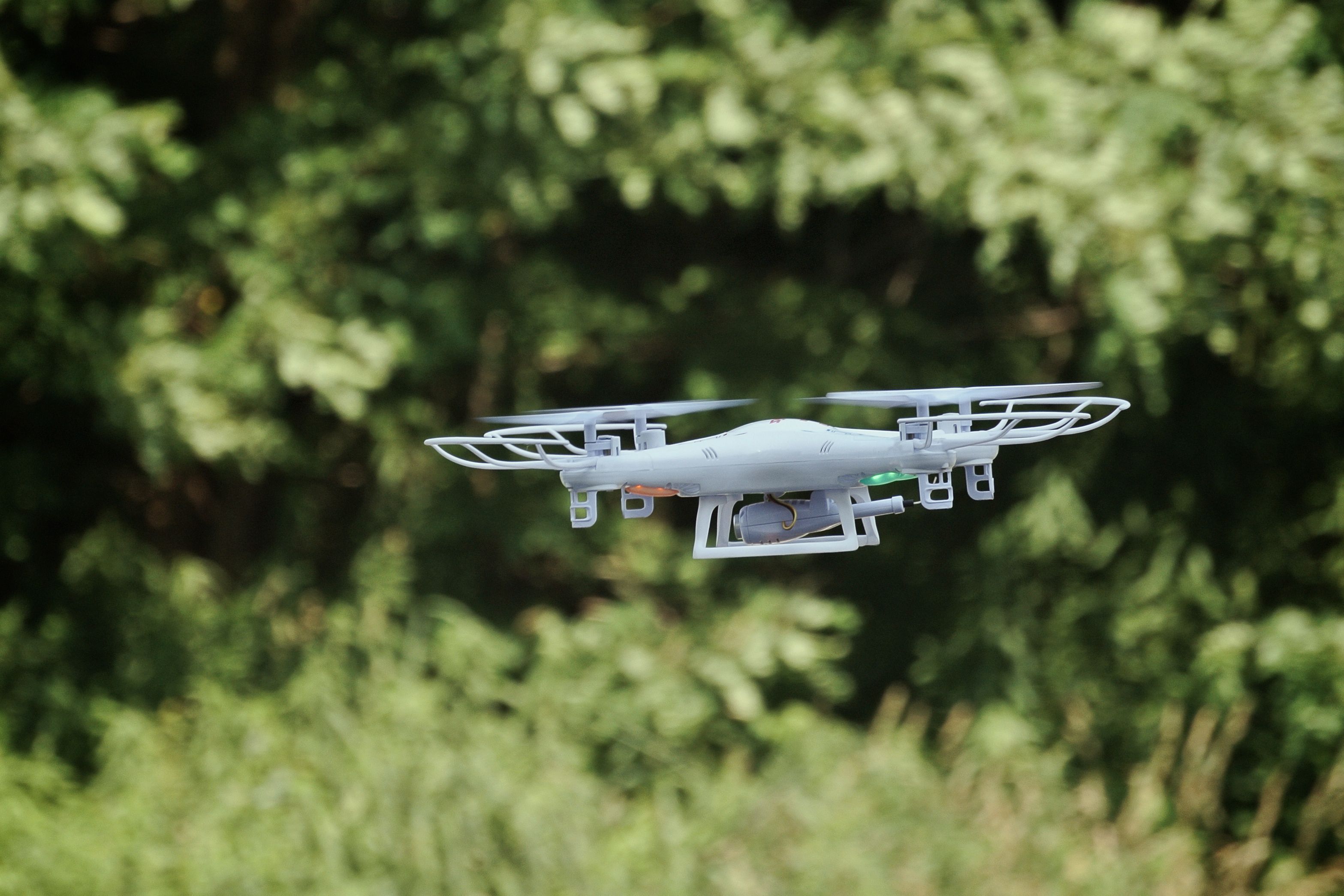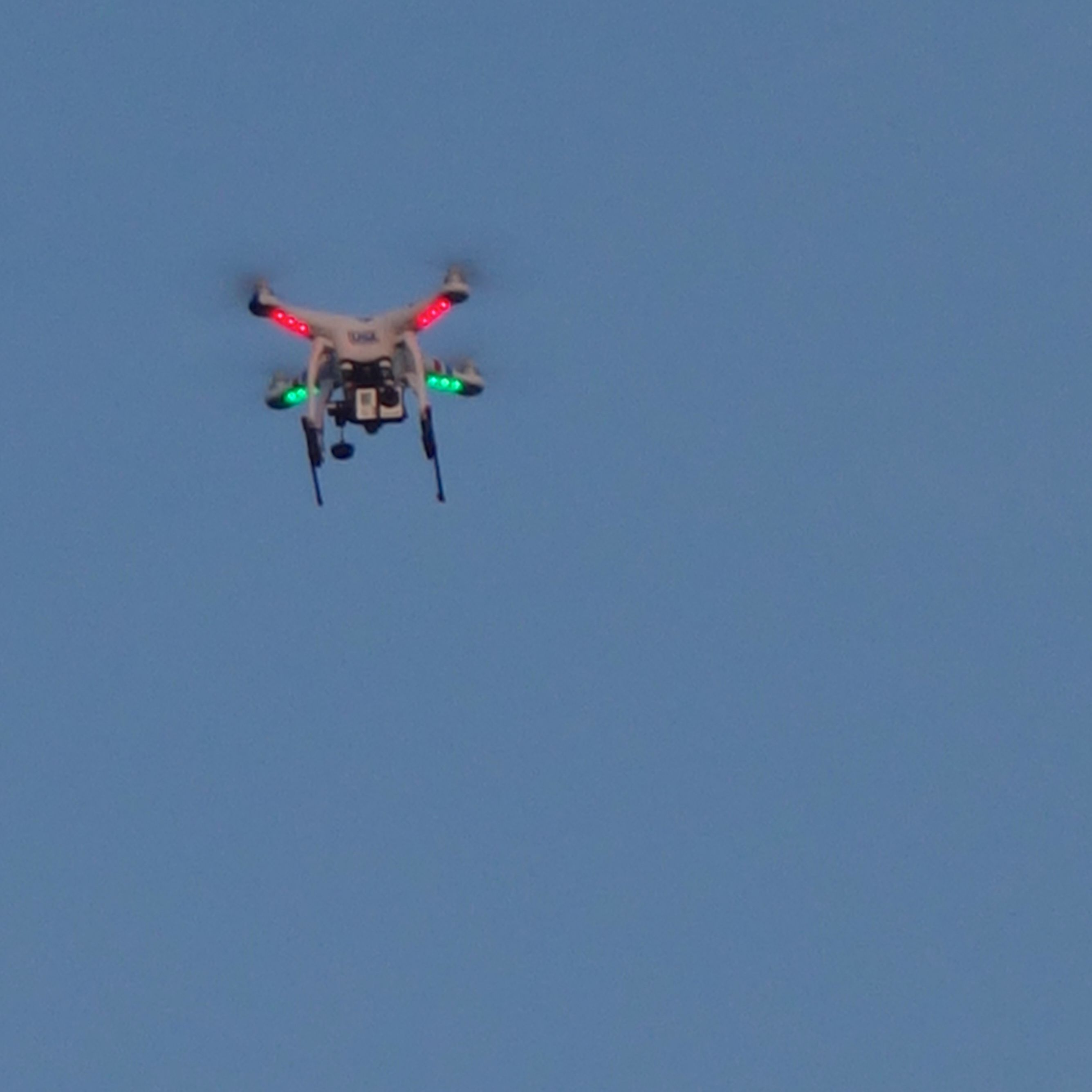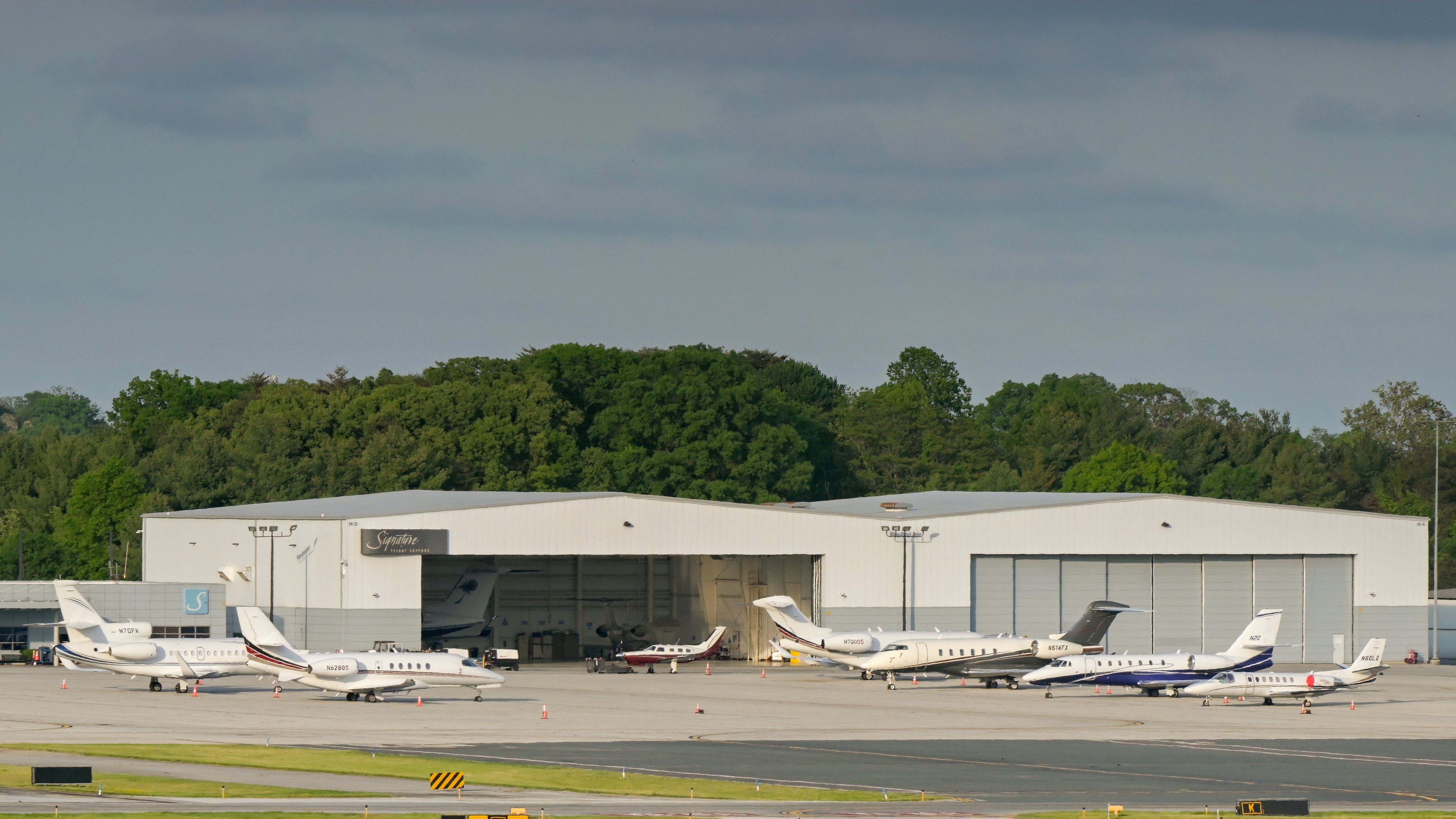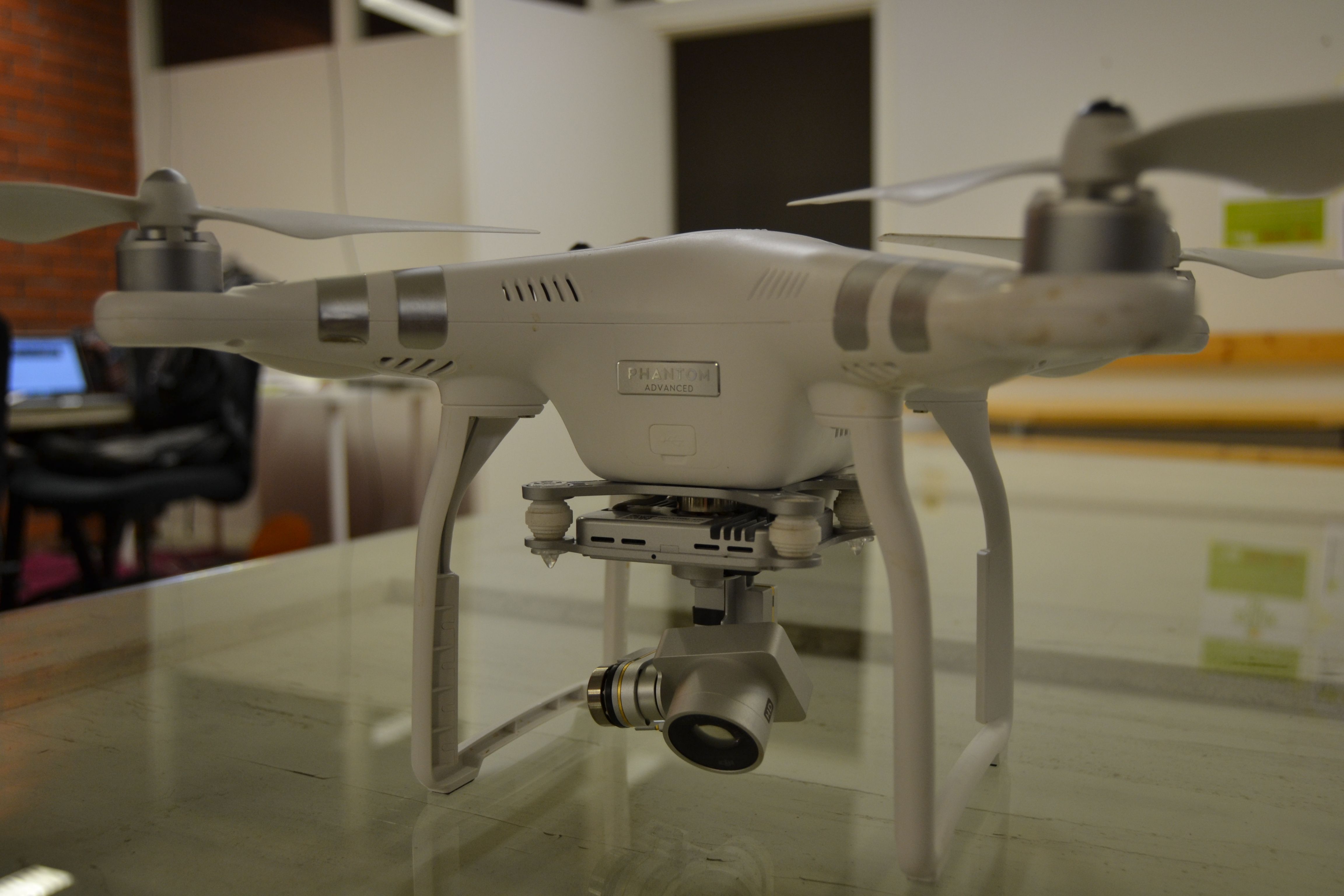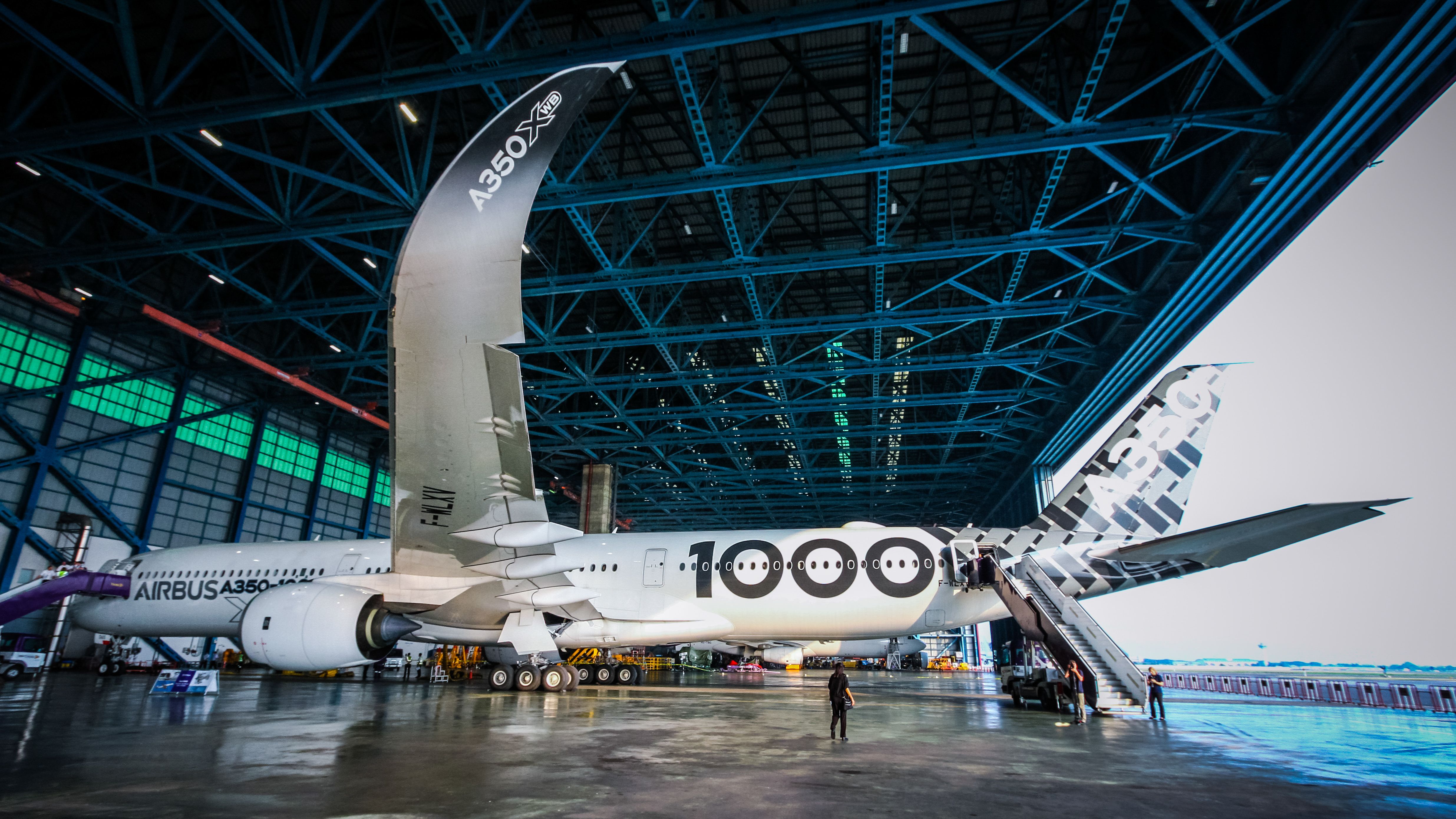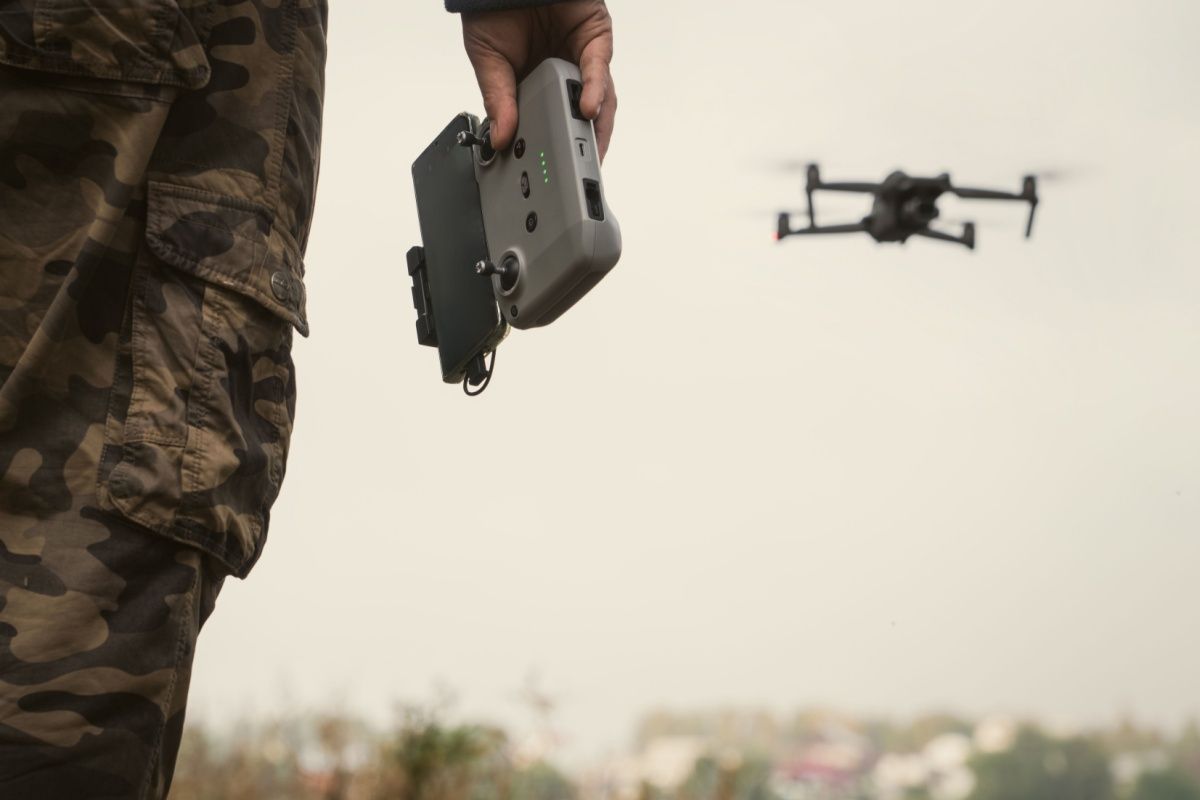The rise of drone technology has brought significant changes across various industries, and aviation maintenance is no exception. Uncrewed aerial vehicles (UAVs), commonly called drones, have been rapidly integrated into aircraft maintenance, inspection, and repair operations.
Their usage enhances efficiency, safety, and accuracy, offering a revolutionized approach to the maintenance, repair, and overhaul (MRO) industry. This article delves into the increasing importance of drones in airliner maintenance and their potential for transforming traditional practices.
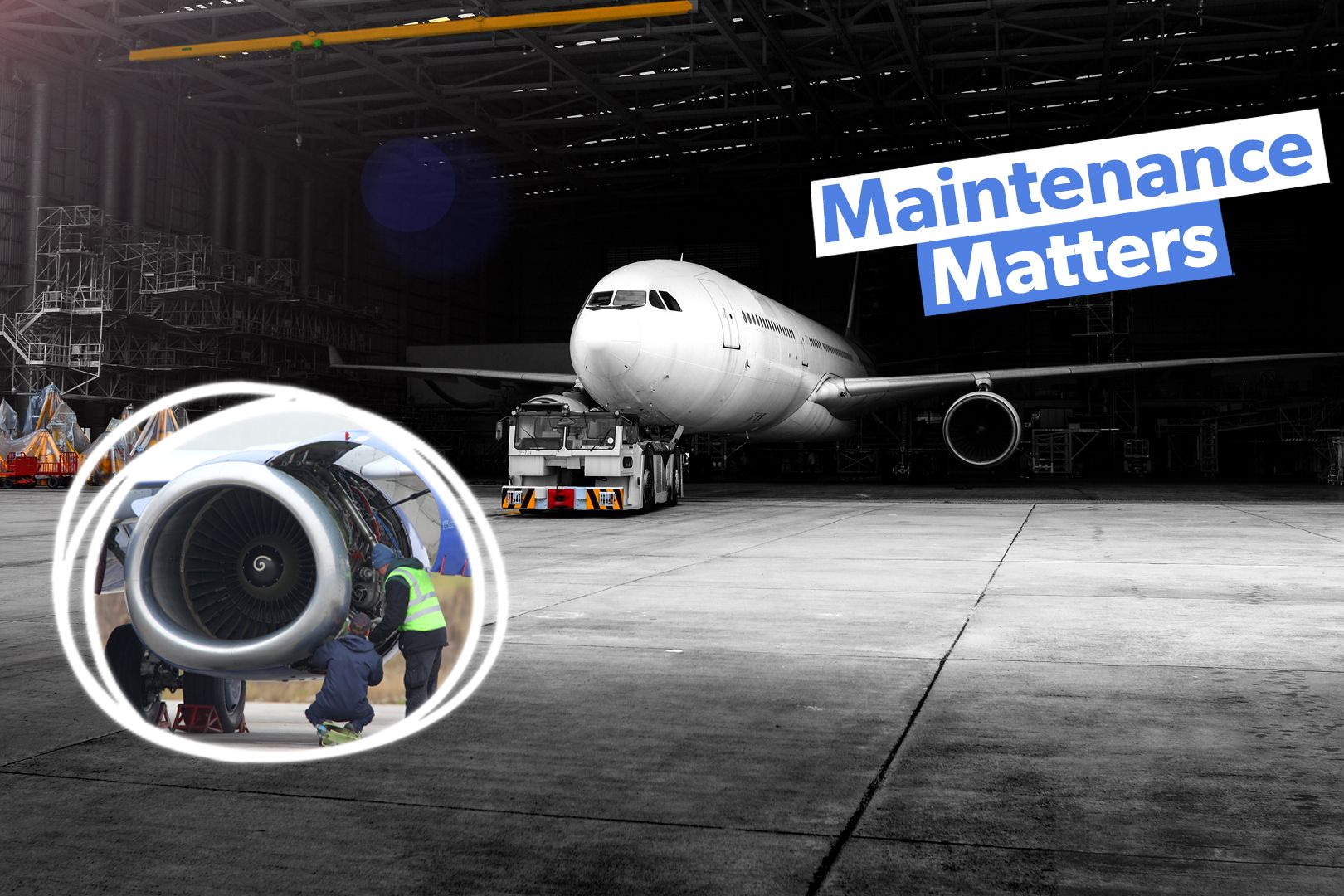
Related
Who Actually Performs The Maintenance? A Closer Look At Airline MRO Models
The answer is slightly more complicated than you might expect.
Early days of drone usage in aircraft maintenance
The history of drones in aircraft maintenance is relatively recent but impactful. Initially, drones were primarily used in military operations, but their civilian applications have expanded over the past decade. As drone technology evolved, it began finding utility in the aviation MRO sector for tasks such as inspecting aircraft surfaces, identifying structural damages, and performing routine checks.
According to Jet Aviation, the Swiss Civil Aviation Authority (FOCA) has been one of the early adopters of drones for maintenance purposes. FOCA began using drones to inspect hard-to-reach areas on aircraft, reducing the time and risk associated with manual inspections.
These drones are equipped with high-definition cameras and sensors, allowing maintenance technicians to obtain detailed images of the aircraft’s exterior without scaffolding or ladders. The early adoption by regulatory bodies and maintenance companies has paved the way for further integration of drones into aviation MRO.
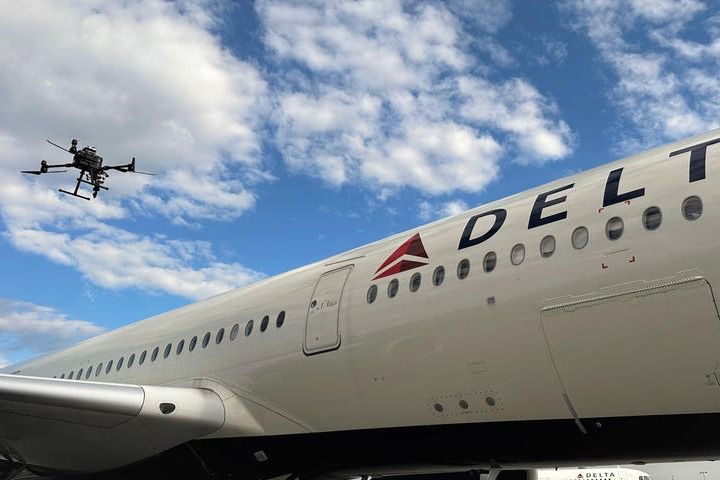
Related
Delta Air Lines Becomes 1st Carrier With FAA Approval For Mainline Fleet Drone Inspections
The drones are based at the three of the airline’s hubs.
Drone technology enhances safety and efficiency in inspections
One of the most significant advantages of using drones in aircraft maintenance is enhancing safety and efficiency. Traditional inspection methods often require technicians to access difficult-to-reach areas using heavy equipment, scaffolding, or platforms, which takes time and poses safety risks. On the other hand, drones offer a safer alternative by allowing technicians to remotely inspect various parts of the aircraft, such as the fuselage, wings, and tail.
According to Mainblades, an aircraft maintenance technology company, drones reduce the need for technicians to climb on aircraft physically, minimizing the risk of accidents. This remote inspection capability is handy when checking for corrosion, dents, and other surface damage after severe weather events or extended flights.
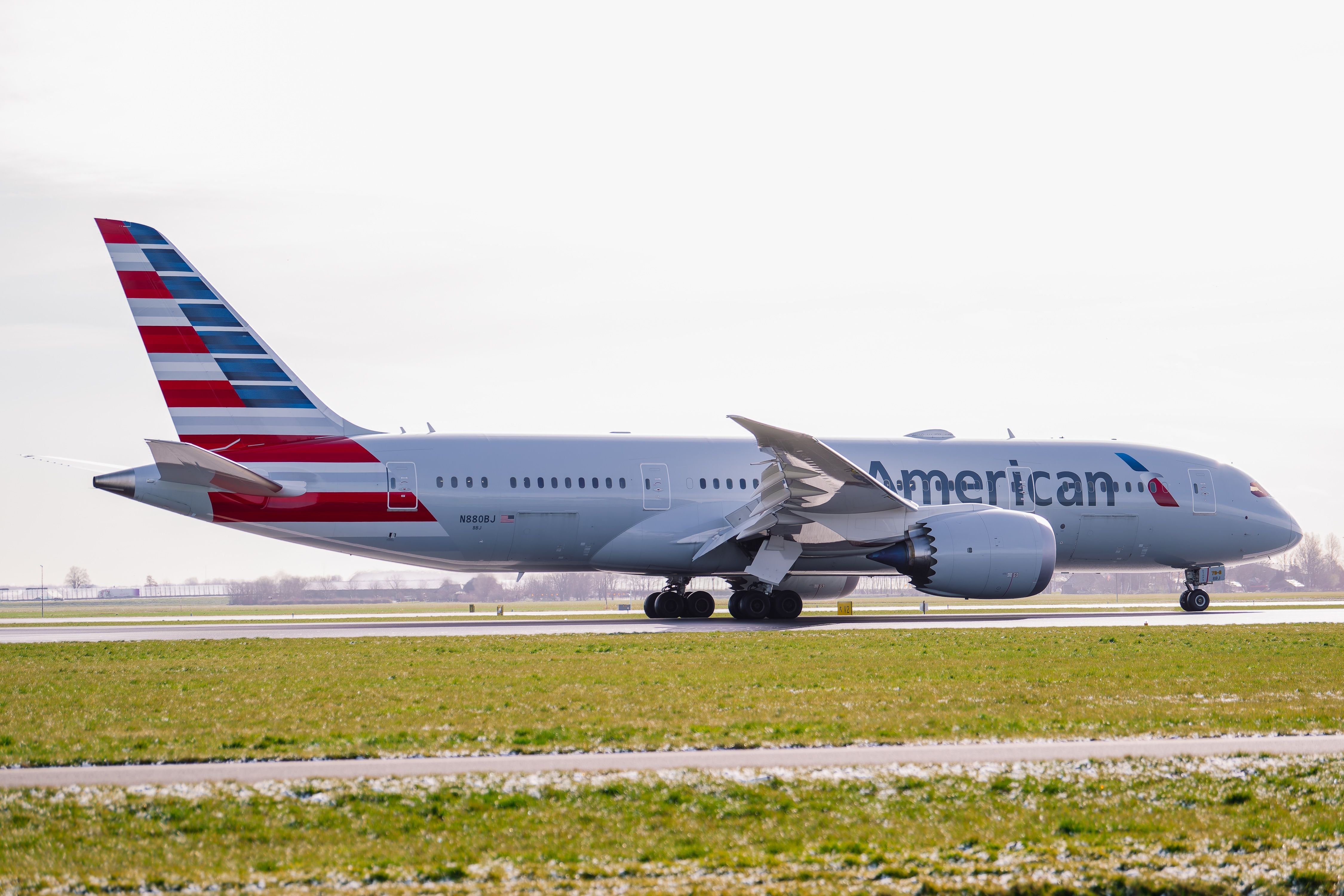
Related
American Airlines Creating 500 New US Maintenance Jobs For Heavy MRO Checks
American Airlines is looking for another 500 people to fill aviation maintenance positions on top of the 300 jobs recently added in Tulsa.
Additionally, drones with advanced sensors can conduct inspections more quickly and efficiently than traditional methods. What used to take hours can now be completed in minutes, reducing aircraft downtime and increasing the overall efficiency of the maintenance process. This efficiency is especially beneficial for airlines, as it helps them maintain tight schedules and minimize the financial impact of out-of-service aircraft.
Drones reduce operational costs and improve accuracy.
Cost efficiency is a significant driver of the increasing use of drones in airliner maintenance. Traditional inspection methods, especially for large commercial aircraft, can be expensive due to the labor-intensive nature of the process. Scaffolding, special equipment, and the time required to complete a full inspection all add to the operational costs.
Drones offer a more cost-effective solution. As noted by OASES, drones can perform inspections in a fraction of the time, reducing labor costs and the need for expensive equipment. Moreover, drones can capture high-resolution images and data, which can be analyzed using artificial intelligence (AI) and machine learning algorithms. These technologies can quickly detect potential issues that might be missed by human inspectors, improving the accuracy of diagnostics.
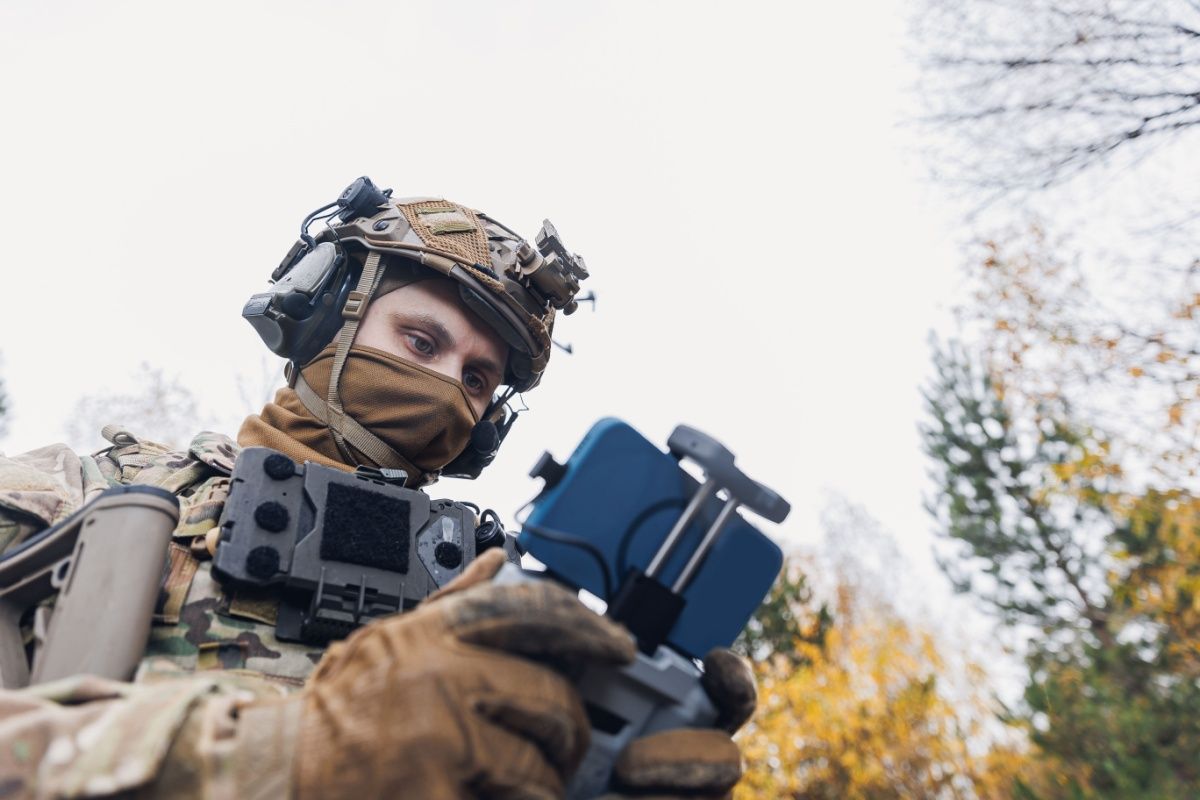
Related
Ukraine Is Building Jet-Powered Drones To Strike Russian Targets
Ukraine has now developed jet drones to attack Russian targets quickly and is known to be developing more of them.
Drones aid predictive maintenance and real-time monitoring
Drones
are used for regular maintenance inspections and play a critical role in predictive maintenance. Predictive maintenance involves monitoring the condition of aircraft components in real time and addressing potential issues before they become significant problems. Drones can continuously collect data on the aircraft’s condition when paired with other advanced technologies like AI and Internet of Things (IoT) sensors.
According to Science Direct, using drones in predictive maintenance is particularly valuable because it allows airlines to monitor the wear and tear of components without waiting for scheduled inspections. This real-time monitoring enables proactive maintenance, where minor repairs can be done before they escalate into significant issues. Predictive maintenance helps airlines avoid unscheduled downtime, reducing the cost of emergency repairs and improving fleet reliability.
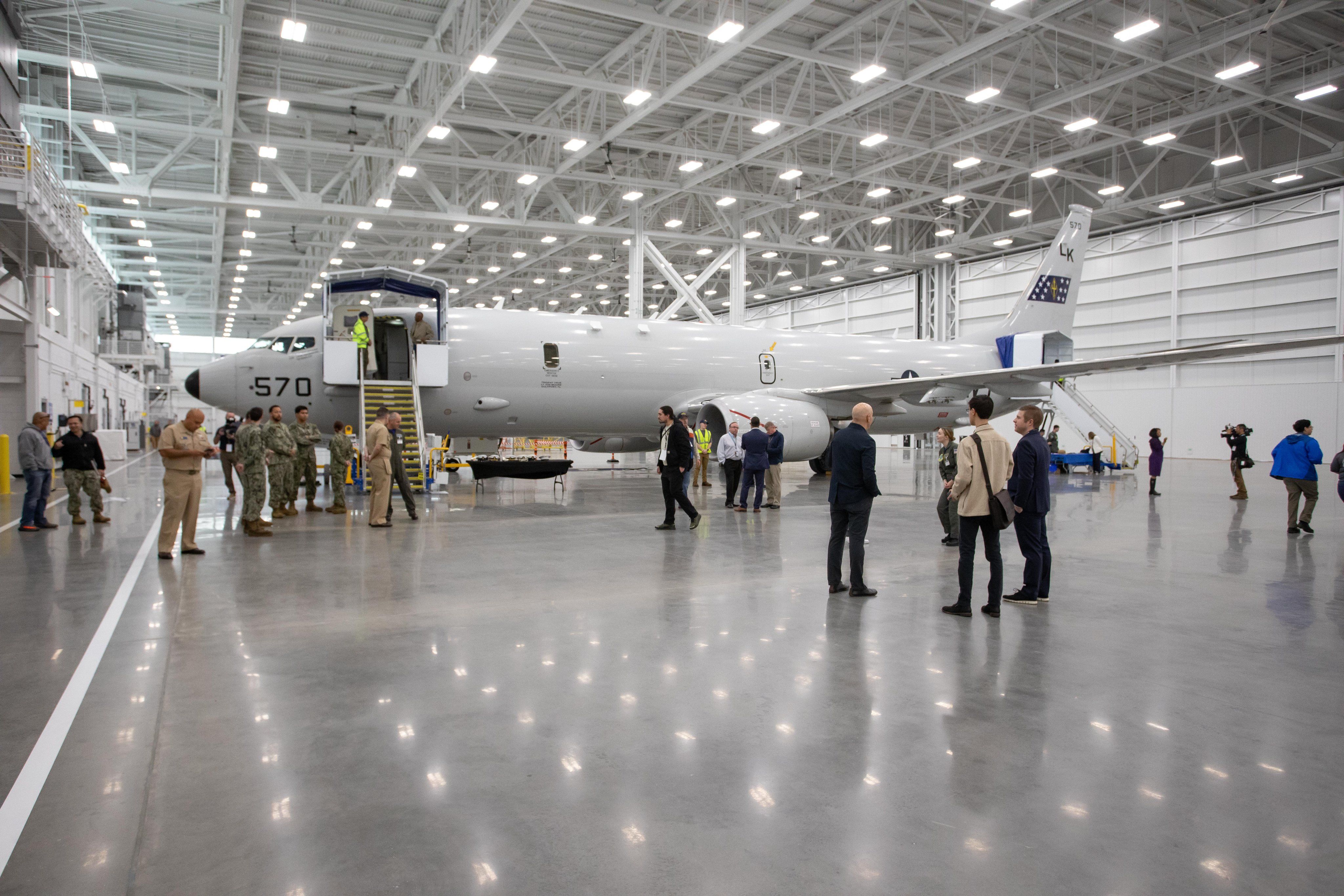
Related
Boeing Defense Opens New MRO Facility In Jacksonville
It is expected to bring more than 300 jobs to North Florida.
Drones equipped with infrared and thermal imaging technology can also detect temperature fluctuations in critical aircraft components, which could indicate overheating or potential failure. This capability makes drones an essential tool in modern predictive maintenance strategies.
Regulatory approval and future developments
Drones in aviation maintenance are becoming more widespread as regulatory bodies recognize their potential. In 2021, the
Federal Aviation Administration
(FAA) approved Delta Air Lines to use drones for aircraft inspections.
Delta became one of the first US airlines to receive this approval, marking a significant milestone for the industry. The FAA’s decision to allow drones for inspections demonstrates a growing acceptance of UAV technology in aviation, paving the way for other airlines to follow suit.
Photo: Chittapon Kaewkiriya | Shutterstock
Current developments include:
- The integration of AI for more precise inspections.
- Real-time data transmission to ground control teams.
- Even the potential for drones to carry out minor repairs autonomously.
The combination of drones and AI could enable faster, more efficient inspections and repairs, reducing the need for human intervention in many routine tasks.
Challenges and future potential of drones in MRO
While drones offer numerous benefits, there are still challenges to overcome. One of the primary concerns is regulatory compliance. Each country has its own set of regulations governing the use of drones, and airlines must ensure that they comply with these rules when operating drones for maintenance purposes. Additionally, technicians need specialized training to operate drones safely and efficiently.
Photo: Melnikov Dmitriy l Shutterstock
According to Mane, another challenge is integrating drones into existing MRO workflows. Many airlines and maintenance providers are still using traditional methods, and there can be resistance to adopting new technologies. However, as the benefits of drones become more apparent, it is likely that more companies will embrace this technology in the coming years.
.jpg)
Related
What Is MRO In Aviation?
An MRO facility must be certified by the country’s regulatory authority.

